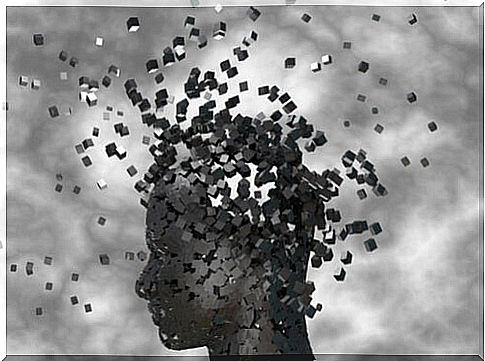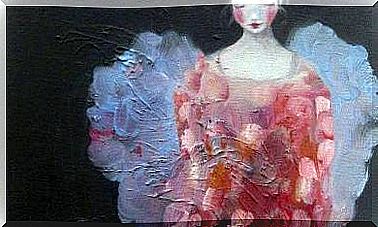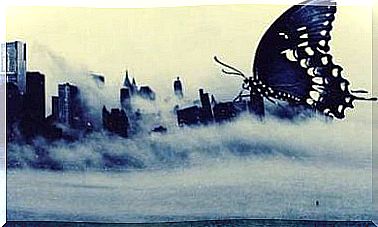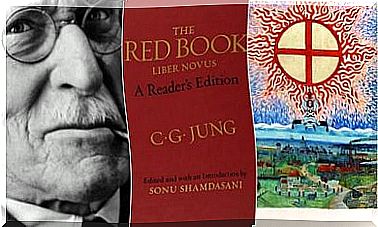Learn About The Different Psychoanalytic Psychotherapies

In the field of psychotherapy, it has rained a lot since Freud created orthodox psychoanalysis in 1896. Currently, we have different types of psychoanalytic psychotherapies that, although they maintain some of the bases of their more Freudian roots, they also disagree with it in certain ways. measure. Psychoanalytic psychotherapies emerge as variants of the psychoanalytic type cure. After World War II, the demand for psychological care grew, so it was sought to increase the effectiveness and shorten the time.
Little by little, psychoanalytic psychotherapy became a specialty and therapy of choice for many patients. The classical psychoanalytic current analyzed in depth what they called “transference neurosis”, as well as its multiple foci. Therefore, they were very dense therapies that spanned several years.
The newer psychoanalytic psychotherapies, by contrast, are limited in duration. The therapist is more active. It focuses on the pathological nuclei and determinants of the current conflict that the patient brings to consultation. Another of its objectives is to strengthen the healthy aspects that it has.
Some authors disagreed with Freud in the sense that they realized that the duration of therapy was not proportional to the depth or duration of the change. Two of them were Alexander and French, who proposed the “corrective emotional experience” provided by the therapeutic relationship as an indicator of therapeutic success. Therefore, this alliance or relationship becomes a fundamental ingredient in current psychoanalytic psychotherapies.

Balint’s brief dynamic psychotherapy or focal psychotherapy
It is also called Limited Objective Psychotherapy. With it, patient and therapist define a specific and circumscribed focus to address it in depth. The focus is the particular area of the patient’s problem that expresses his symptoms, highlighting the most vulnerable parts. Therapeutic success will depend, therefore, on specifying the conflictive focus and getting the patient to focus on it.
Brief psychotherapy with distress provocation by Sifneos
Sifneos distinguishes two types of brief psychotherapy: one anxiolytic or supportive and the other is based on an anxiety-inducing approach. The patient is exposed to confrontations and provocative interpretations to induce anxiety and to achieve a strong alliance against it.
Through the oedipal record of the transference, emotional reeducation and learning skills are sought. The number of sessions is usually short, about 6 and 15. It is necessary for patients to present a circumscribed central complaint and high motivation.
Brief psychotherapy based on Malan’s strategic focus
For Malan, the focus or focal point is a formulation that contains the symptoms and unresolved psychodynamic conflicts. It starts from the idea of two triangles over which interpretation and insight must pass. These are: The triangle of conflict and the triangle of people.
The unconditional acceptance of the patient favors insight and corrective emotional experience. Change occurs through active dream interpretation, fantasy, and transference.
Mann’s Limited Time Psychotherapy
The brevity, the immediate end and the separation are the central elements. There is an invariable number of 12 sessions, the time for psychodynamic events to occur, to be explored and resolved.
A current core conflict is selected and related to the patient’s history. The patient learns to master separation anxiety and this serves as a model for overcoming other anxieties.
Davanloo’s unconscious deactivation
It is a more systematized, applicable and widespread model. It considers a broad focus in which it would be necessary to identify the defenses in the transference and the resistances of the patient, manage to dismantle them and thus obtain the manifestation of unconscious feelings.
Here the focus is anger and anger. Their free expression is favored with reinforcement. Thus, he is reaffirmed and desensitized. The deactivation of the unconscious is done through early and systemic interpretation of the triangles of intrapsychic conflict and relationships.

Bellak’s Brief Intense and Urgent Psychotherapy
Minimize the duration of treatment to 5-6 sessions. It is based on the paradigm of emergency medicine. It requires specific skills and experiences. Targets are selected, not patients.
Conclusions
Although the traditional psychoanalysis of Sigmund Freud is the one that we usually have as prototypical, it does not hurt to know the different psychoanalytic psychotherapies that exist. Although they start from the most orthodox psychoanalysis, they dissociate themselves from it in some of its parts, such as the number of sessions.
They also differ in the fact of focusing on a focus to be solved, instead of attending to all the material that the patient brings to therapy without there being a common thread. They are based more on the present and the patient’s current conflicts, rather than placing so much importance on the past.
Currently many psychoanalytic psychotherapies are in the experimental phase for many disorders, but it has been found that they can be useful for disorders in which there are family implications, such as anorexia, schizophrenia and some personality disorders.









